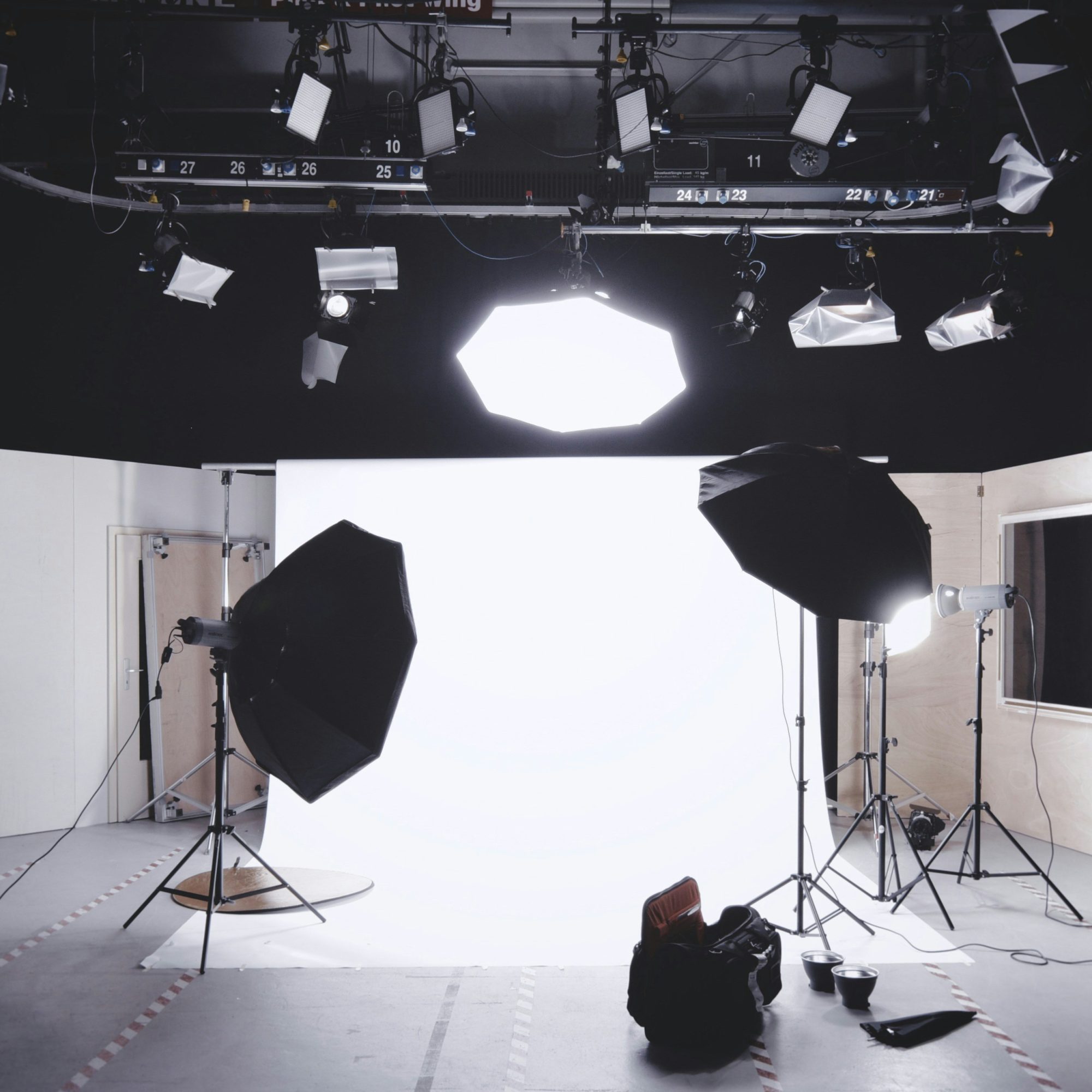Ever wondered why some photographers seem to have an endless stream of clients while others, perhaps even more talented, struggle to get by? The secret often lies not just in the quality of the photos but in the art of pricing them right. Imagine a young photographer, fresh from college, setting up her first studio. She’s passionate, skilled, and ready to take on the world. Yet, she finds herself stumbling when it comes to pricing her services. It’s a common scenario, often leading to a make-or-break decision in a fiercely competitive field.
Understanding Your Market
Before setting any prices, it’s crucial to understand the market dynamics. Every region has its own economic ecosystem. A wedding photographer in New York City, for instance, can charge significantly more than one in a small rural town. Research is key. One could start by analyzing competitors’ pricing but go beyond mere numbers. Understand the value they offer, their clientele, and how they position themselves in the market.
Cost-Based Pricing
It might seem straightforward to calculate the cost of services and then add a profit margin, but there’s more to consider. Think about all expenses – equipment, rent, utilities, marketing, not to forget the less tangible costs like time and creativity. This method ensures covering costs but also needs to reflect the market’s willingness to pay.
Value-Based Pricing
Switching perspective from cost to value can be enlightening. What unique experiences does the photographer provide? Is there a particular style or innovation that sets them apart? Clients are often willing to pay a premium for a service they perceive as high-value or unique. This approach allows photographers to price higher, not by sheer calculation, but by aligning with the perceived value they create.
Psychological Pricing Tactics
Ever noticed how pricing something at $199 rather than $200 can make a difference in perception? This is psychological pricing, a tactic that can be subtly powerful. Implementing such strategies could involve using odd numbers, which research suggests appear less precise and, therefore, lower to consumers. For photographers, applying this could mean setting a session price at $249 instead of $250. It’s a small tweak, but it can influence buying decisions more than one might think.
Package Deals
Offering packages is another effective way to structure pricing. It simplifies decision-making for clients and can increase sales volume. For instance, instead of pricing each type of photo session separately, offering a bundled package (e.g., wedding, engagement, and first-anniversary shoots) at a reduced rate can attract clients looking for comprehensive solutions. Packages can also be tiered, from basic to premium, catering to different budget levels and providing upsell opportunities.
Seasonal Adjustments and Promotions
Prices don’t have to be set in stone. Adjusting them according to the season or demand can maximize earnings. For example, wedding photographers might increase prices during peak wedding season but offer discounts during slower months to keep the bookings coming. Similarly, launching promotions around holidays or special events can boost visibility and attract new clients. Remember, the key is to maintain a balance so that the business remains profitable while deals remain attractive to clients.
Monitoring and Adjusting
Pricing should not be a ‘set and forget’ part of the business. It requires constant monitoring and adjusting. Market trends, new competitors, or changes in cost of supplies can all necessitate a review of pricing strategies. Regular analysis helps in staying competitive and profitable. Gathering feedback from clients about pricing can also provide insights that might not be visible through market data alone.
Transparency and Communication
When it comes to pricing, transparency is key. Clients appreciate knowing exactly what they are paying for. Detailed breakdowns of packages, highlighting what each price point involves, can help clarify the value being provided. This not only builds trust but also wards off potential misunderstandings. Communication is equally vital. Explain why services are priced a certain way, especially when dealing with higher-end packages. Educating clients about the involved processes, time, and creativity can justify the pricing and enhance the perceived value.
Utilizing Technology for Smart Pricing
In the digital age, leveraging technology can provide significant advantages in pricing strategy. Tools like pricing calculators, analytics software, and competitive analysis tools can help photographers understand market trends and optimize their pricing. Additionally, online portfolios that showcase exceptional work can justify premium pricing, making it evident why certain services command higher fees.
Final Considerations
Ultimately, the right pricing strategy is crucial for turning a passion for photography into a profitable business. It’s about finding a balance between fair compensation for one’s skills and understanding what the market can bear. Regularly revisiting and refining pricing strategies is essential as the business and market evolve. Engaging with other photographers and participating in forums can also provide fresh perspectives and innovative pricing ideas.
By considering all these aspects, photographers can develop a pricing model that not only covers their costs and earns them a profit but also fits the expectations and budgets of their clients. It’s a dynamic process, but with thoughtful strategy and continuous adaptation, photographers can indeed thrive.
Reflection and Action
Think about your current pricing structure. Does it reflect your market positioning and the unique value you offer? Are there adjustments you could make to enhance profitability or client satisfaction? Take a moment to consider these questions and plan your next steps toward a more effective pricing strategy.


0 Comment